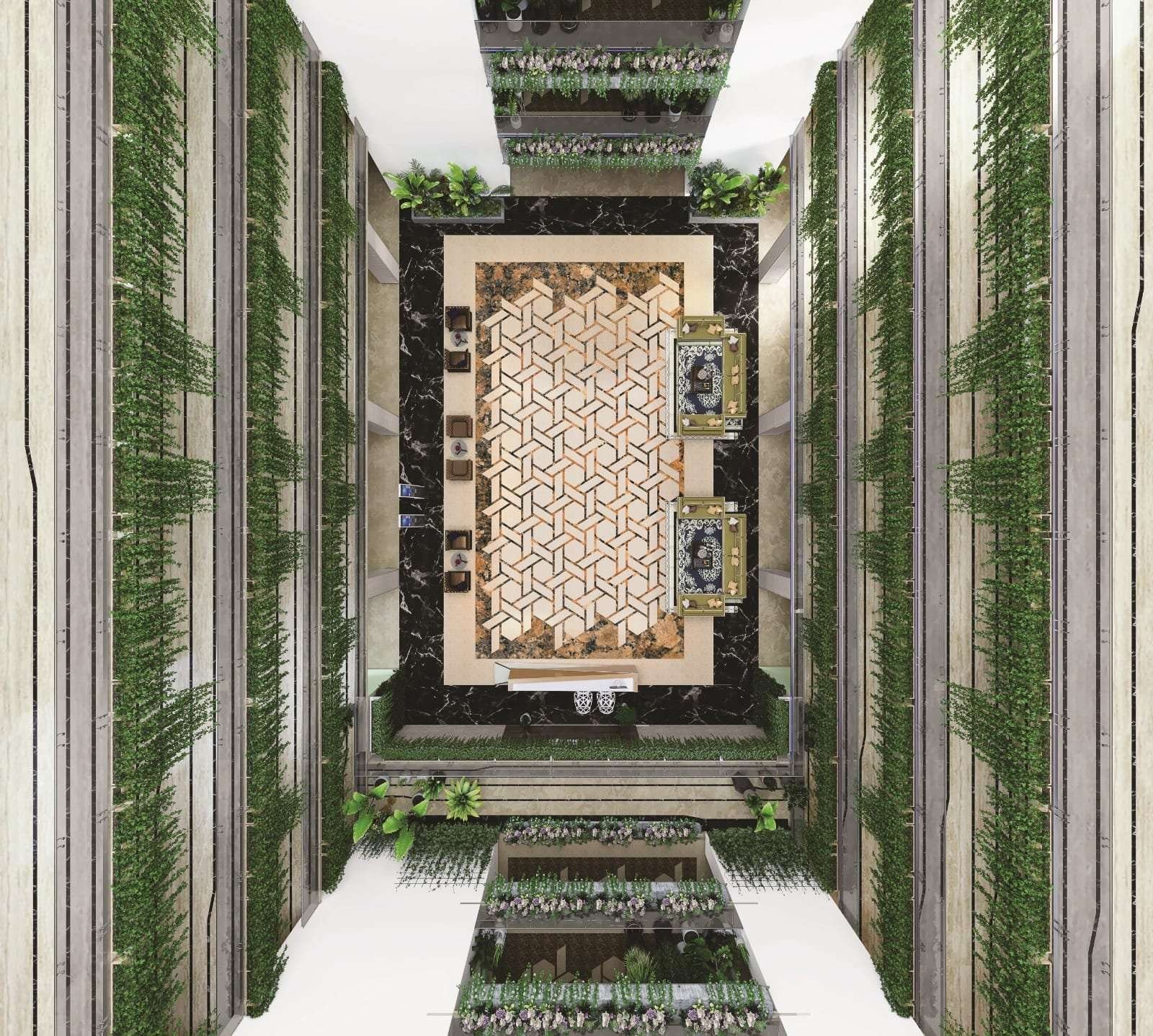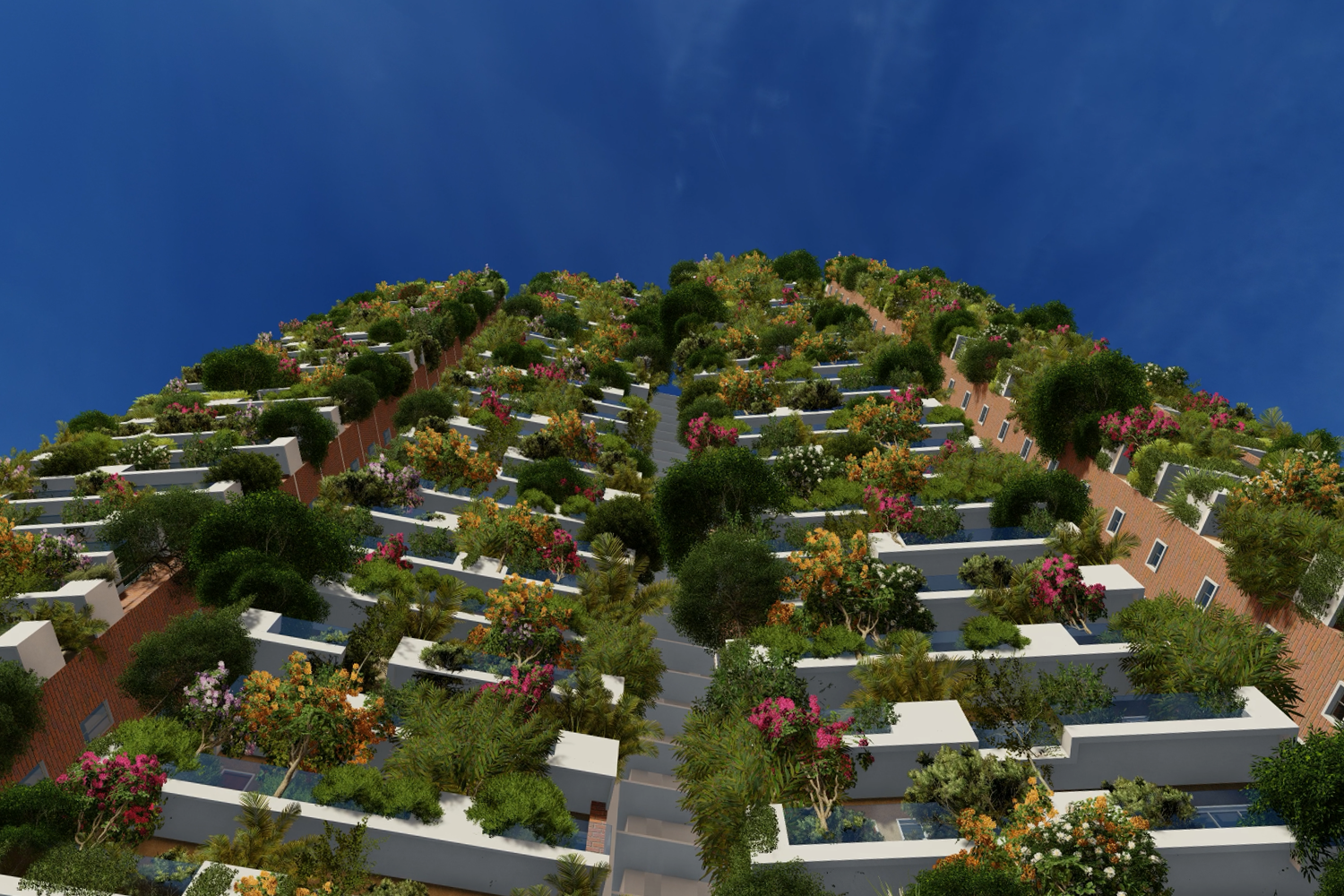In the bustling urban landscapes where concrete towers dominate the skyline, a silent revolution is taking place. Vertical garden apartments, adorned with lush greenery, are redefining the concept of sustainable living. These innovative structures not only provide residents with a serene environment but also play a crucial role in safeguarding plants from harm.
Let’s delve into this blog about how vertical garden apartments nurture nature and ensure the well-being of plants.
1. Shielding from Pollution:
Urban environments are often plagued by pollution including vehicular emissions and industrial activities. However, vertical garden apartments act as natural air purifiers, filtering out pollutants and providing clean air to inhabitants. The dense vegetation absorbs harmful gases such as carbon dioxide and releases oxygen, creating a healthier atmosphere for plants to thrive.
2. Temperature Regulation:
Excessive heat in urban areas, exacerbated by the urban heat island effect, can threaten plant life. Vertical garden apartments offer a natural solution by regulating temperatures through evapotranspiration and shade. The vegetation absorbs solar radiation, keeping the building interiors cool during hot summer days and reducing the risk of heat stress for plants.
3. Protection from Pests and Diseases:
Traditional gardens are often susceptible to pest infestations and diseases, requiring frequent interventions such as pesticides and fungicides. In contrast, vertical garden apartments employ integrated pest management techniques and natural predators to control pests, minimizing the need for harmful chemicals. Additionally, the vertical orientation of the gardens reduces ground-level contact, limiting the spread of soil-borne diseases.
4. Efficient Water Management:
Water scarcity is a growing concern in many urban areas, necessitating sustainable water management practices. Vertical garden apartments utilize innovative irrigation systems such as drip irrigation and greywater recycling to minimize water consumption while ensuring adequate hydration for plants. The vertical structure allows for efficient water distribution, preventing wastage and promoting the optimal growth of vegetation.
5. Structural Support and Maintenance:
One of the challenges of vertical gardens is ensuring proper structural support and maintenance. Vertical garden apartments are designed with robust frameworks and waterproofing systems to withstand the weight of vegetation and prevent water seepage. Additionally, dedicated maintenance teams are tasked with regular pruning, fertilization, and pest monitoring to keep the gardens healthy and vibrant.
Conclusion:
Vertical garden apartments represent a harmonious fusion of architecture and nature, offering a sanctuary for both residents and plants alike. By addressing key challenges such as pollution, temperature regulation, pest control, water management, and maintenance, these innovative structures ensure the well-being of plants while enhancing the urban environment. As we embrace sustainable living practices, vertical garden apartments stand as shining examples of how we can coexist with nature in the heart of the concrete jungle. Pursuing a greener future, let us continue to nurture nature and cultivate thriving ecosystems within our urban landscapes.





